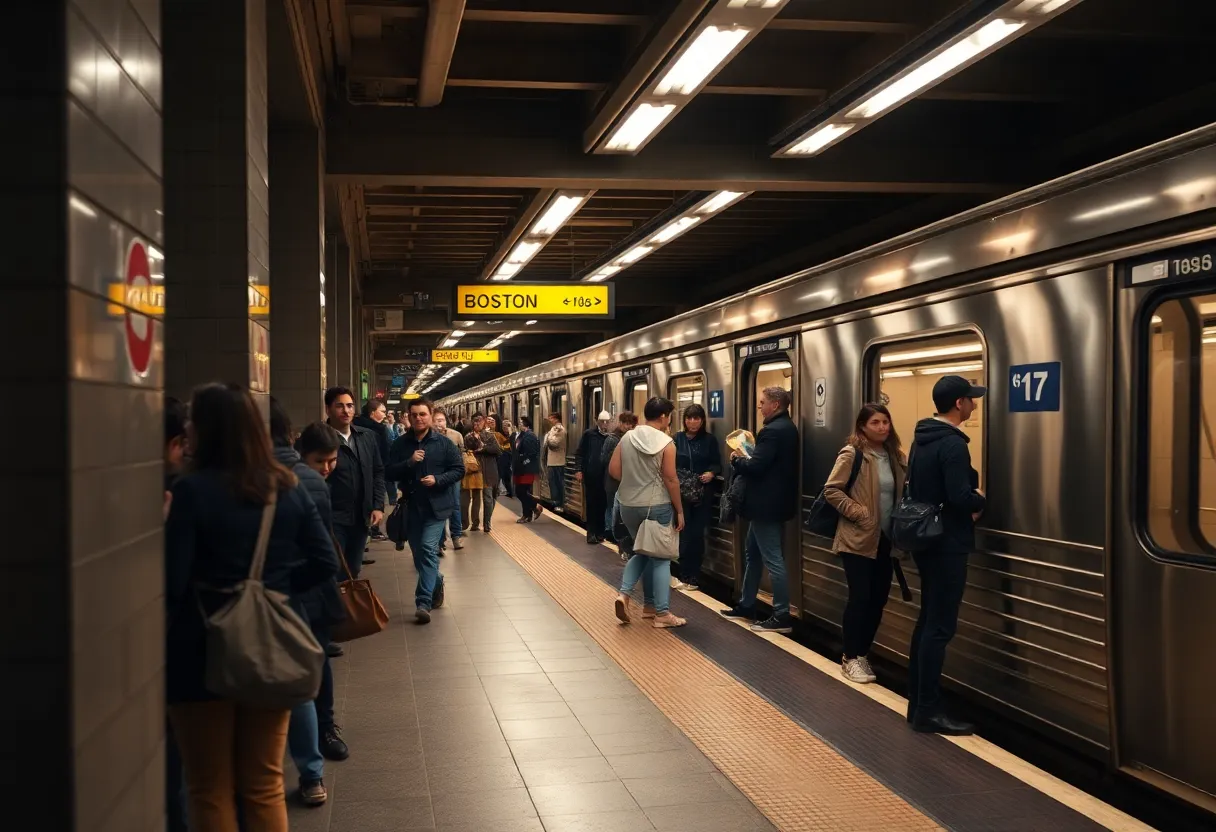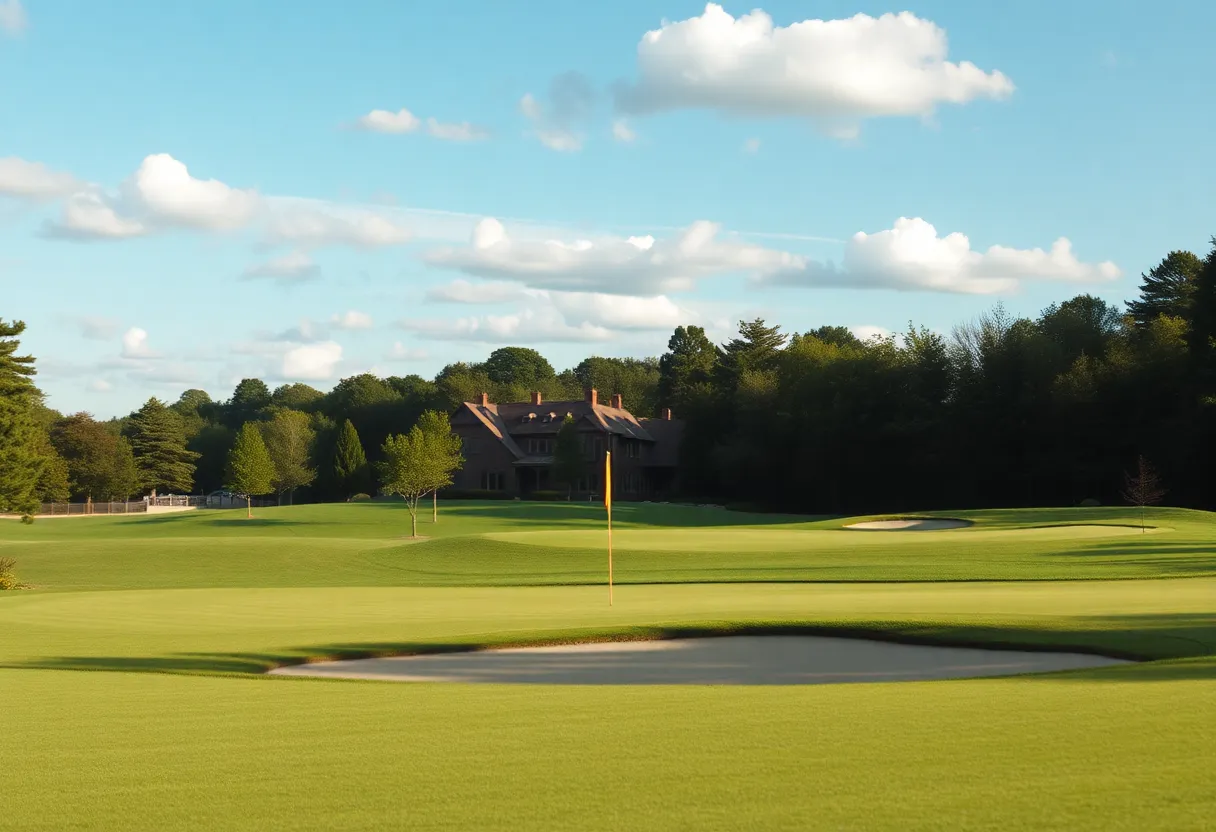News Summary
Boston’s MBTA has conducted an investigation revealing shockingly high noise levels at underground stations, with Boylston Station reaching a peak of 115 dBA. Although noise levels fluctuate, experts warn that they may still irritate the community. The MBTA is taking measures to mitigate these sounds with rail lubricators and new train designs, but challenges in noise pollution persist throughout the city. Residents also face issues from other urban disturbances, emphasizing the need for further community-focused solutions.
Boston T Investigates Noise Levels
Ah, Boston! Known for its charming streets, rich history, and, of course, the notorious screech of the T! Recently, an intriguing investigation revealed just how loud some of those underground stations can be. A dedicated team of reporters took to the streets – or should we say stations? – of the MBTA to measure the noise levels in areas famous for their *ear-shattering howls*.
Shocking Noise Levels
The results were nothing short of surprising. The station that topped the charts of *ear-piercing sounds* was none other than Boylston Station, which recorded a staggering peak noise level of *115 dBA*! To put that into perspective, that’s about as loud as a rock concert or a sand blaster roaring in your ear! This craziness doesn’t stop there, as Boylston ranked *third* in terms of average noise levels measured over several visits. This indicates that the *screaming decibels* can fluctuate quite a bit.
Want to see just how loud it gets? On one particularly noisy day, inside a Red Line train traveling from Porter to Harvard, noises maxed out at 110 dBA. Yikes! It turns out that every 10 dBA increase is perceived as *twice as loud* by our sensitive human ears. So, if it’s feeling loud, it probably is!
The Impact of Noise
Experts weigh in on this *sound saga*, with many pointing out that sound levels of 115 dBA from a train whizzing into a station may be considered outrageous. Although riders are only exposed to these screeches for brief moments, it could still be a *major community irritant*. But don’t panic just yet! Most of the damage these high-decibel levels could cause is likely nowhere near as severe as the long-term impacts of blasting headphones in cramped subway cars.
Efforts to Curb the Noise
In response to this din, the MBTA has rolled out over 70 *rail lubricators* designed to reduce those grating screeching noises. Although, while they’re working *hard* on creating a more pleasant atmosphere, the faster trains may result in an overall increase in noise. It’s a bit of a balancing act. Furthermore, in an effort to tackle these pesky sounds, newer T cars are being outfitted with *greasers* to cut down on friction and potentially minimize noise levels even further.
Beyond the T: Urban Noise Pollution
But what about the other noise sources crowding Boston streets? Some suggestions have been made to tackle nuisances from things like buskers, construction activities, and even *overzealous* pets to help improve the city’s overall noise pollution. After all, there’s only so much scraping and screeching a city dweller can tolerate!
A Look at Other Local Happenings
Addressing Community Issues
Among the recommendations voiced, updating building codes to shift how sound is absorbed in urban neighborhoods could be one step toward ensuring more peaceful living conditions for all. In the meantime, the T continues on its mission to improve riders’ experience and work on building its reputation—one *screech* at a time.
Deeper Dive: News & Info About This Topic
HERE Resources
Spring Brings Vibrancy to Stone Zoo with Flamingos
Boston Gears Up for Joan Baez’s Retrospective Exhibit
Brookline Shaken by Partial Apartment Building Collapse
Additional Resources
- Boston.com: MBTA Noise Investigation
- Boston Globe: MBTA Train Noise Levels
- MassLive: Red Sox and Boston’s Noise
- Universal Hub: MBTA Sound Study
- Wikipedia: Noise Pollution








